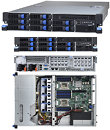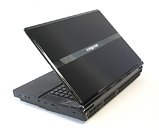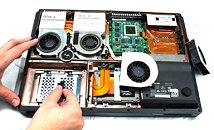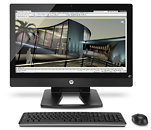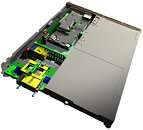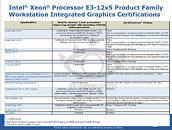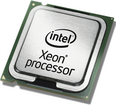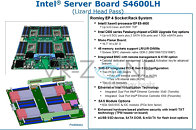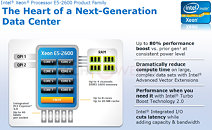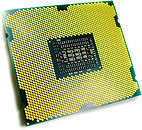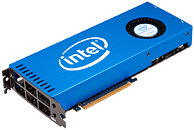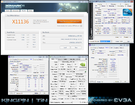TYAN unveils its 8 servers that supporting Intel Xeon Processors E5-2600
TYAN, an industry-leading server platform manufacturer and subsidiary of MiTAC International Corp., announces 8 cutting-edge platforms based on the Intel Xeon processor E5-2600 product family. These platforms are designed to deliver the benefits of Intel's latest processor architecture. They offer high peak performance along with outstanding power efficiency and are designed for today's HPC/GPU and general server applications. These products help channel customers build solutions for applications ranging from the largest data centers all the way down to the smallest server room implementations in a quick and efficient way.
TYAN's full array of 8 Intel Xeon processor E5-2600 product family-based platforms help users build systems that both increase IT capacity and reduce the total IT cost of ownership. TYAN's Intel Xeon processor E5-2600 product family-based platform portfolio includes 5 motherboards and 3 barebones systems that meet demands ranging from general small business computing to mission-critical applications such as virtualization or GPGPU. TYAN motherboards such as the S7050, S7055, or S7056, and barebones servers such as the GN70-B7056, FT48-B7055 and FT77-B7059, help customers address mission critical and massive workload requirements found in GPGPU and HPC applications. For memory intensive applications such as virtualization, TYAN presents the S7052 motherboard with a total of 24 DIMM slots. The S7053 is an excellent choice for applications requiring multiple expansion slots such as embedded and automation.
TYAN's full array of 8 Intel Xeon processor E5-2600 product family-based platforms help users build systems that both increase IT capacity and reduce the total IT cost of ownership. TYAN's Intel Xeon processor E5-2600 product family-based platform portfolio includes 5 motherboards and 3 barebones systems that meet demands ranging from general small business computing to mission-critical applications such as virtualization or GPGPU. TYAN motherboards such as the S7050, S7055, or S7056, and barebones servers such as the GN70-B7056, FT48-B7055 and FT77-B7059, help customers address mission critical and massive workload requirements found in GPGPU and HPC applications. For memory intensive applications such as virtualization, TYAN presents the S7052 motherboard with a total of 24 DIMM slots. The S7053 is an excellent choice for applications requiring multiple expansion slots such as embedded and automation.
